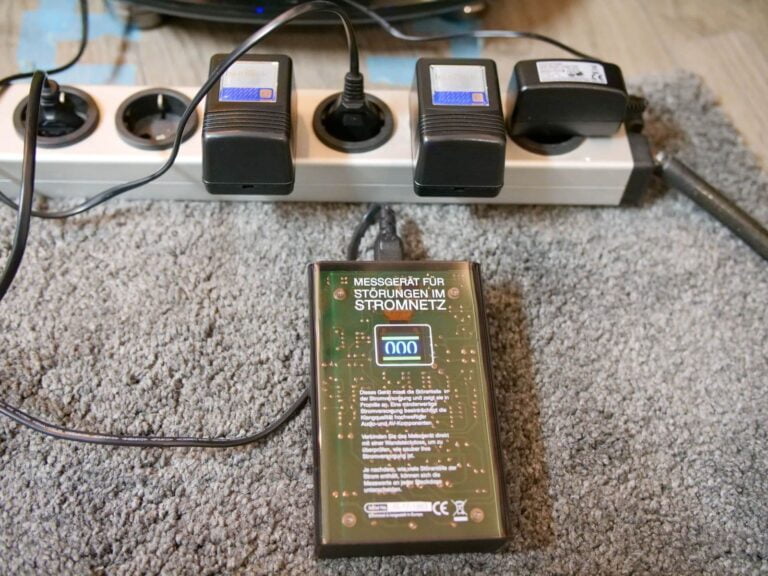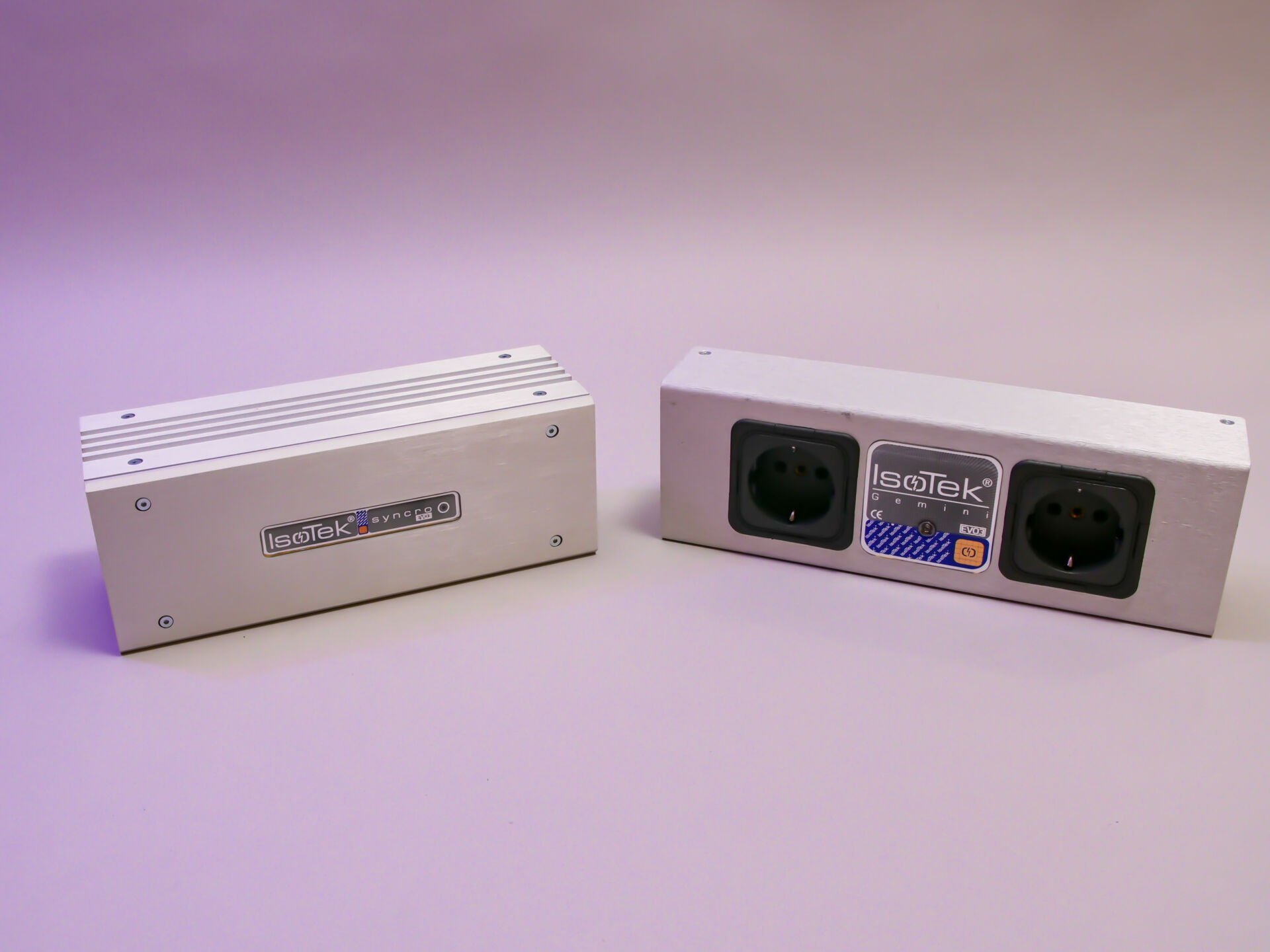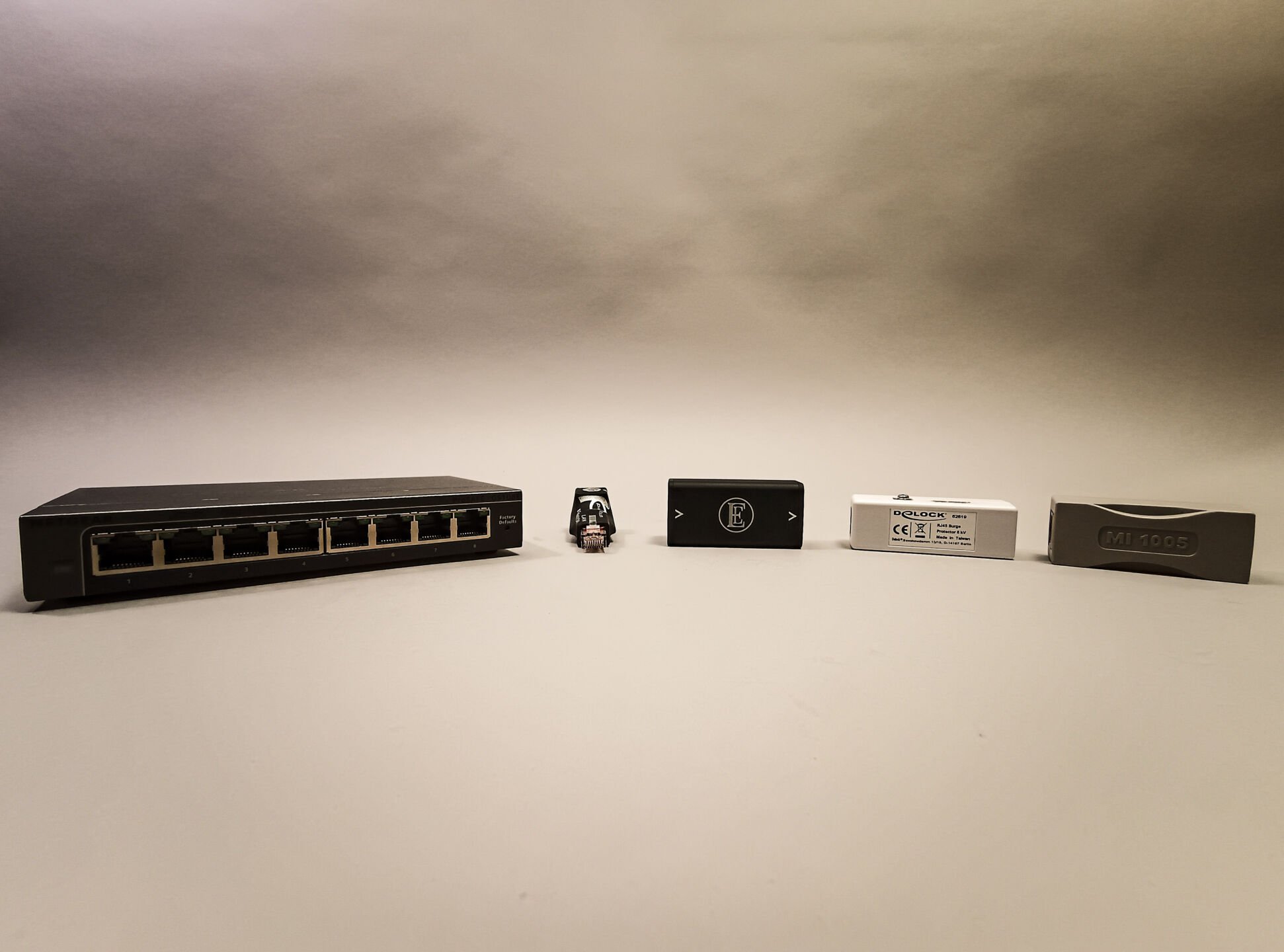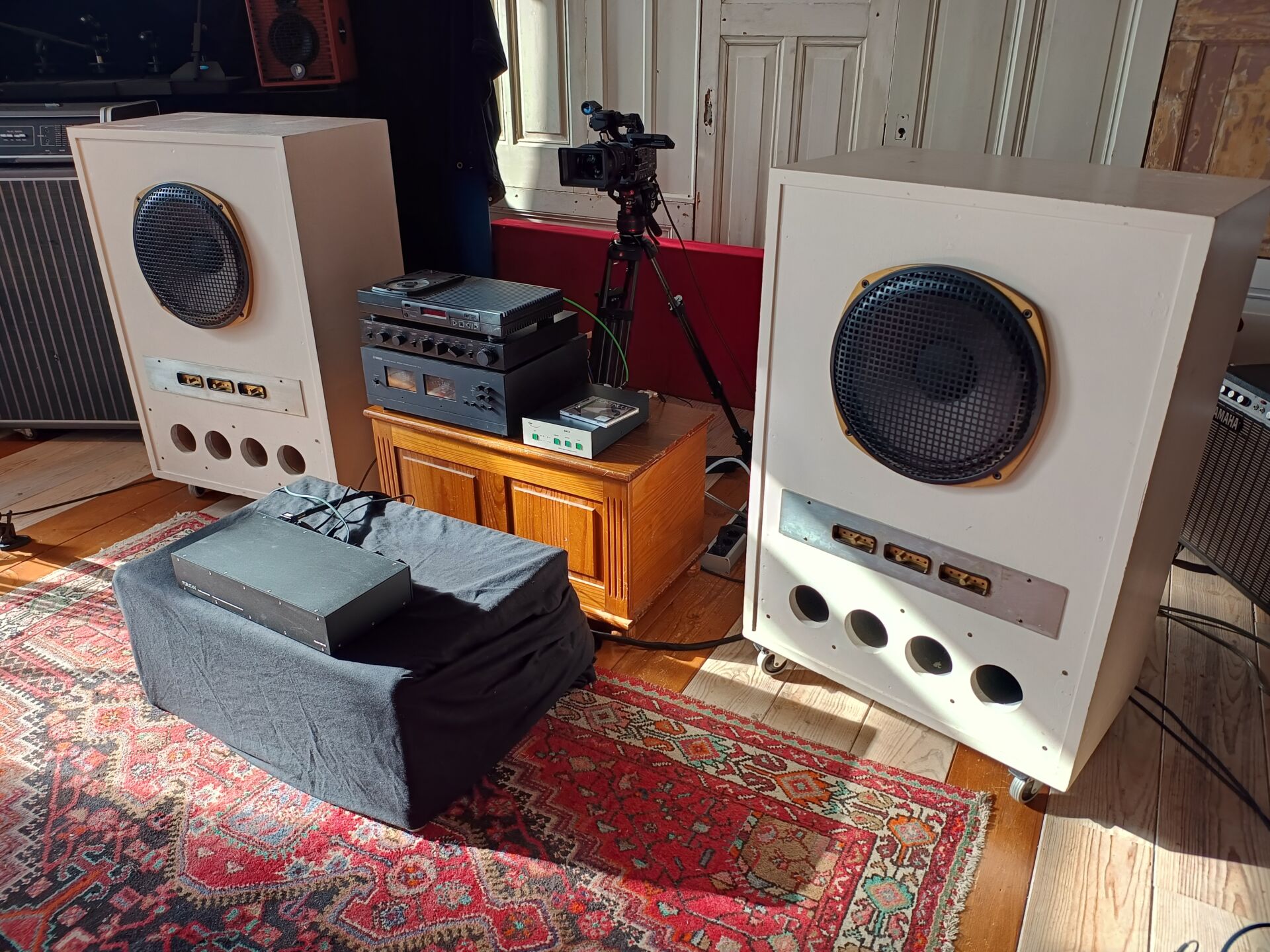

We get quite a lot of questions in our mailbox. And that’s nice. Because that way we know what’s going on with you! Some questions we get more often. Think about questions about energy filters – power filters – and separate groups for audio. In this series we try to make things clear for you
When a hi-fi system reaches a certain level, it’s time to look at things other than the components themselves. At the basis of every system lies the energy supply. Many users will – logically – simply plug the devices into a wall socket. Or in a junction box that is again directly connected to the wal socketl. And that works: everything switches on and music will play. So, isn’t that good then? Well, uh… not quite. We’ll explain later, why.
Pollution
Our mains network – at least in the Netherlands – and Belgium – is of very decent quality. It is mostly stable and peaks are rare. That’s a good thing. But our mains isn’t free of pollution. Now there are several types of ‘noise’: common mode and differential mode. Simply put, common mode noise is noise that goes in the same direction on all lines. Not in differential mode. Here’s a schedule. That makes more sense.
Common mode noise is often caused by radiation – GSM, wifi, bluetooth, AM/FM – because cables act as an antenna. Cables pick it up and happily transport it to its final destination. However, this is quite easy to tackle. In case of a power supply cable with a considerable galvanic isolation. A thick transformer, for example. Most filters can remove that. By the way, this filtering does not always work for power amplifiers: they can become breathless.
Differential mode is usually removed by devices themselves. There are often filters in the supply line, because they have to comply with EC standards. So it’s common fashion where things have to be done.
But it’s simple, isn’t it? Yeah, basically. But not always without influencing the sound. The white paper of Garth Powel – Audioquest – explains this fairly well. And fortunately it’s not written too round-up. Basically, if a filter wants to maintain speed and transparency, there is quite a bit to it. And we’ve experienced that in practice.
Build in?
As a parenthesis to the above, we’d like to mention one thing. Shouldn’t manufacturers just arrange this in the device itself? Well, that’s almost impossible. Look at the electronics in an Isotek Titan EVO3. That just doesn’t fit in a power amplifier. Not to mention the costs. So to build in that level of performance is going to take a lot of space will cost a lot of money. Nobody will pay that premium.
The same goes for a Niagara 1200, for example. To build that into a source is just way too expensive, too big and too complex. Again, no one’s waiting for that kind of product.
Separate power group for audio?
Why use filters when you can also do things directly at the source? Very good thinking! With a completely separate group – with separate earth! – keeps you a lot of misery away from your system. Think of influences of LED lighting, switching power supplies of PC’s and chargers, etcetera. However, it is important to have a specialist who can also measure which phase is cleanest. So you can use that phase for your hi-fi system.
However, there is one factor that does not affect you with this approach: the influence of hi-fi components on each other. Devices also pollute each other. For example, if you have a streamer with a switching power supply, you can send noise to the preamplifier. This can be solved with a good, filtering connector block.
Regenerate?
What about regeneration? That’s actually a complete story in itself. In fact, a regenerator is an amplifier that transforms the incoming energy into a pure sine wave. Mostly by rectifiying the alternating current and then generate a new sine wave (50 or 60 Hz). That sounds ideal. However, a regenerator is not a filter and often has a limited capacity. They are therefore often only suitable for sources. We understand that it works extremely well on turntable engines.
At the bottom of the line
Which is better: a separate group or a filter? As often: it’s the combination that makes it perfect. A separate group can keep noise sources away from the hifiset. Especially in houses with a lot of LED lighting, PC’s, TV’s, etcetera it can make a big difference. However, components in the system itself will still be able to ‘soil’ each other. You’ll still need a filter there.
We always recommend to have a measurement done by a specialist. And always try a few models before purchasing. Filters – just like amplifiers, sources and cables – have a sound.
Q and A
What types of power filters are there?
In base two: parallel and serial. Parallel filters are not directly in the circuit. Serial filters are. This can have an impact on the dynamics in the sound. However, that’s a slightly too coarse separation. After all, there are still differences in implementation. Think of devices that draw a lot of current (amps), think of power amplifiers, or on the other side the source components.
Is it always necessary to use a filter in an audio system?
No. Definitely not. If, for example, you have created a complete separate group that is very clean, you may also be able to achieve excellent results without a filter. Know, however, that devices can also influence each other. You can measure this effect with a special meter.
Which is better: a separate group or a filter?
That’s not always predictable. It will differ from house to house and system to system. However, we would always start with a separate group, because then you would at least exclude direct influence of household appliances and keep so much misery away from the system. However, you keep the influence of devices in the system itself.
And then power cables – mains bells – do they do what?
Yeah. Sure! In fact, a good mains cable is also just a filter. Because of the twist, construction and shielding it is not only possible to keep interference out, but also to partly eliminate it.











